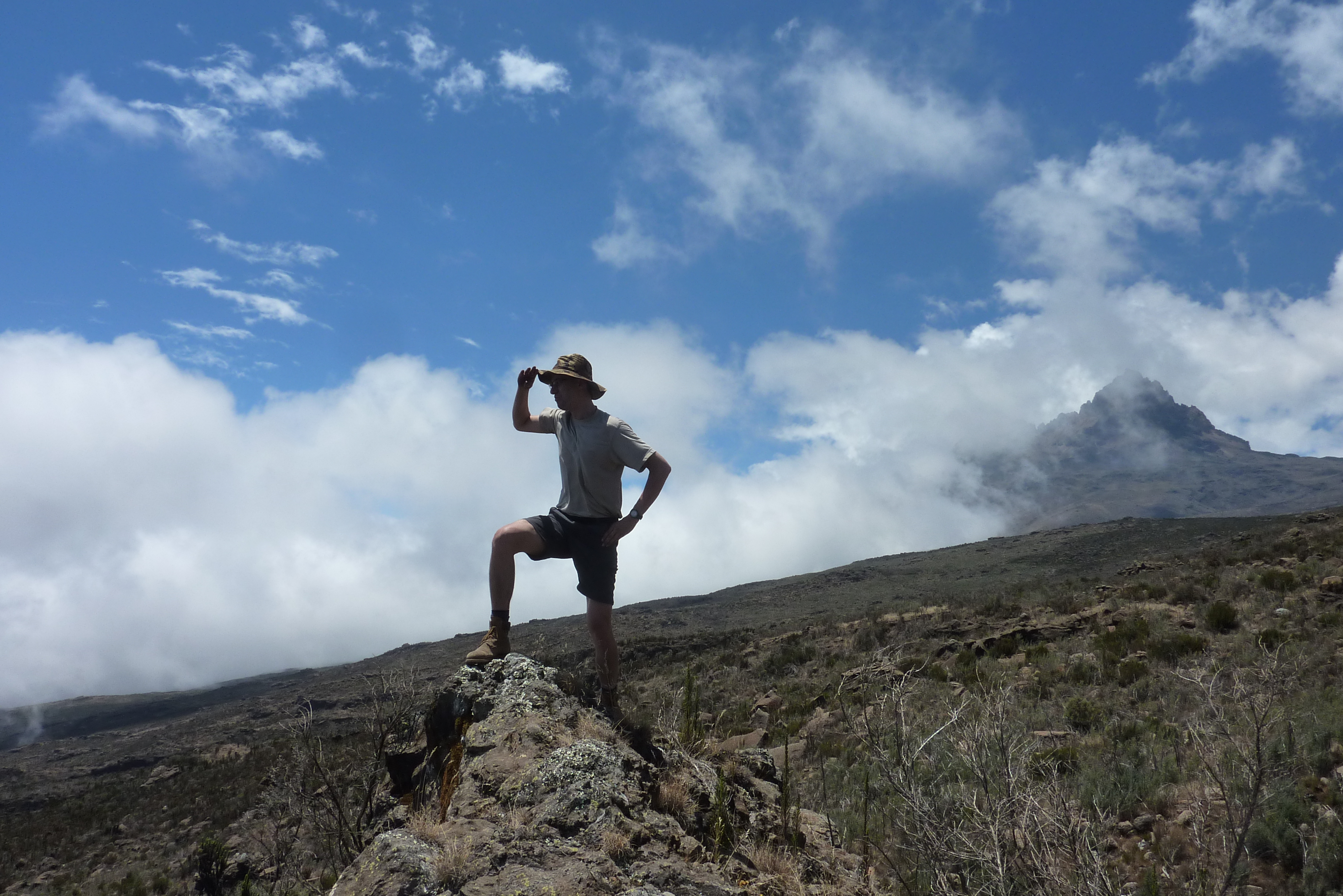-
How to Survive if You’re Lost or Disoriented in the Wilderness
Don’t Panic stay Calm; Panic can cloud your judgment, waste your energy, and make you more vulnerable to dangers. Staying calm can help you assess your situation, conserve your resources, and make rational decisions. Firstly – get your head in the right place Face your fears: challenge your fears S.T.O.P. (Stop- Think – Observe – Plan) Stay put. … Don’t wander!!! Take a good look around; try to pinpoint your location and identify landmarks **Signal for help: Use any means available to attract attention and let rescuers know your location. Shout, blow your Acme survival whistle Flash your signal mirror to attract attention Look and listen for signs of people Your 3…
-
Tips on How to Build & Ignite your Campfire Safely
When building a fire, remember that smaller fires are more efficient than a large one, offering more controlled and sustainable heat. Gather twice the amount of firewood you think you’ll need because experience teaches that you’ll use more than expected. To conserve fuel, consider building a “star fire,” where large logs meet only at their ends in the fire, allowing you to push them inward as needed. The StrikeFire, a Ferrocerium fire starter, has become the most dependable means of igniting a fire with sparks, regardless of weather conditions or at altitude. Unlike a box of matches or a cigarette lighter, the StrikeFire is capable of igniting literally thousands of…
-
Practical Tips to ‘Prepare’ for Coastal Rowing : What You Need to Know
Coastal rowing is a form of rowing that takes place on the Sea; also on lakes, or large rivers, as opposed to traditional rowing which typically occurs on calm, inland waters like rivers and lakes. Coastal rowing boats are designed to handle rougher conditions and waves, with features such as wider hulls, higher freeboards, and self-draining cockpits to ensure stability and safety in challenging environments. Coastal rowing often involves longer distances and endurance-based racing, with races typically held along coastal routes or around islands. It offers rowers a unique and dynamic experience, requiring adaptability to changing conditions and a strong sense of navigation and seamanship. Coastal rowing can be enjoyed…
-
How to make Water Safe
Ensuring Access to Pure Water Enhances Life and Offers Extraordinary Advantages Making Water Safe Clean Water – Additional Benefits Survivalist Tips on… Finding ‘Clean’ Water is Essential Running water and groundwater are the most common water sources in the wild; the faster the water is flowing, the better **Don’t eat or drink anything unless you know it’s safe** An average person can survive up to 3 Days without Water !!! #livealifetodiefor #MoreThanMyPast #itsrogerx
-
How to ‘On the trail’ Cooking tips
Picture of our Kitchen , North Pole 2009 **Spoil yourself, you’re worth it! #livealifetodiefor #MoreThanMyPast #itsrogerx
-
Plant Warning Signals To Watch when ‘Foraging’ for Wild Food
When foraging for wild food, it’s crucial to ensure you can accurately identify what you’re picking. If you’re uncertain about the identification, it’s better not to eat it at all. Never consume any wild plants or mushrooms without confirming their identity through multiple reliable sources. Remember, eating anything poisonous can be extremely dangerous, so always err on the side of caution. Essential Tips for Foraging Wild Food Safely Don’t eat mushrooms, some are safe, some are toxic – even deadly Always check with your local guide BEFORE tasting the wild fruits of the jungle! #livealifetodiefor #MoreThanMyPast #itsrogerx Edible Insects
-
Adventure Preparation: Must-Have Checklist for Survival in the Wilderness
Preparation is the cornerstone of any successful expedition or outdoor adventure, transforming what could be a mere trip into a life-changing experience. First, start with clear goals. Understanding why you’re embarking on this journey helps shape every aspect of your preparation, from selecting the right location to defining the type of adventure you seek—whether it’s conquering a mountain, exploring a remote jungle, or simply disconnecting from daily life to reconnect with nature. Physical preparation is equally crucial. Tailor your fitness regimen to the demands of your adventure. Whether it involves endurance training for a long trek, strength building for a climb, or flexibility exercises for navigating rough terrain, your body…
-
Unlock Physical Strength with a Holistic Gym Approach
Unlock Physical Strength, Mental Clarity, and Inner Peace with a Holistic Gym Approach Transform your workout into more than just a routine—it’s a pathway to a stronger, healthier you, both physically and mentally. A holistic gym approach integrates strength, endurance, flexibility, and mindfulness into your training, ensuring you’re not just building muscles but also cultivating balance, resilience, and inner peace. Imagine each exercise not just as a task to complete, but as a step toward total well-being. By combining traditional strength training with movement practices: Yoga : Pilates : Tai Chi : Qigong : Barre Workouts : Dance Fitness (Zumba, Nia, 5Rhythms) You’ll unlock a new level of…
-
Ultimate Guide to Safe and Thrilling Wildlife Encounters in Nature
You’re a privileged observer; don’t interact directly with the wildlife Hiking / Trekking is an unparalleled adventure, offering the unique opportunity to witness incredible wildlife in their natural habitat. Picture yourself trekking through the wilderness and catching a glimpse of wild animals in their element. To fully enjoy these moments while ensuring both your safety and the well-being of the animals, it’s essential to share these spaces respectfully and responsibly. One effective way to avoid unexpected wildlife encounters is to make a bit of noise as you hike. While it may seem counterintuitive, this simple strategy works wonders—most animals prefer to avoid humans and will steer clear if they hear…
-
Health Preparations Before an Adventure: Essential Tips and Advice
Essential Health tips ‘Before’ each and every type of Adventure • Have a comprehensive medical and a dental examination well before departure date. • Toothache or piles, even at home they are a nuisance but in the wilds it can be serious – and at the very least can spoil your experience.• Carry a spare pair of glasses or contact lenses – you want to ‘see’ where you have been. • Depending on your terrain / climate take sunglasses / goggles to protect your eyes• Make sure your all vaccinations and immunizations are up to date, 6 weeks prior to travelling• Practice sleeping whenever, where ever.• If you’re a light…







